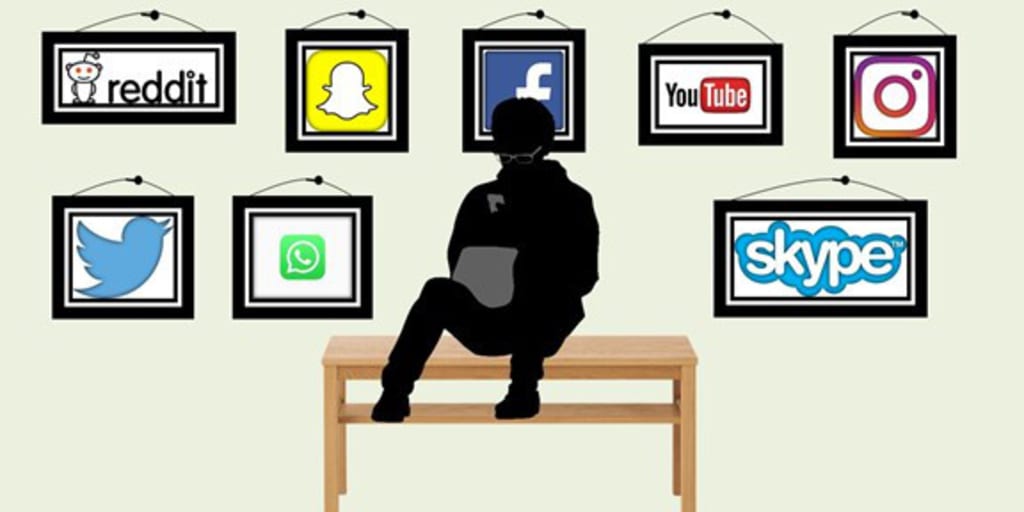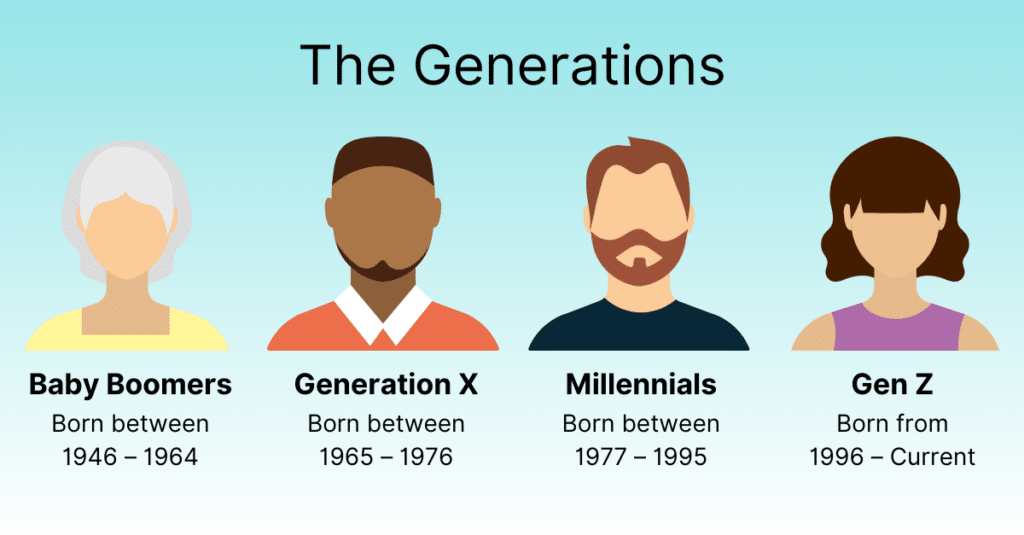In an era where digital connectivity is at its peak, social isolation has paradoxically become more prominent. While technology has bridged gaps and connected distant corners of the world, it has also fostered a unique kind of solitude, distinct from any previous era. This article delves into the multifaceted impact of social isolation in the digital age, exploring its causes, consequences, and the contrasting experiences of different generations. As you navigate through the complexities of the digital landscape, understanding the nuances of this isolation becomes crucial in maintaining your mental and social well-being.
Contents
- 1 Understanding Social Isolation
- 2 The Digital Age and Human Interaction
- 3 Causes of Social Isolation in the Digital Era
- 4 Consequences of Social Isolation
- 5 Comparing Generational Responses
- 6 The Role of Community and Social Networks
- 7 The Importance of Digital Detox
- 8 Policy and Institutional Responses
- 9 The Bottom Line
Understanding Social Isolation

Social isolation in the digital age is an oxymoron that reflects our current societal state. Despite the myriad ways technology connects us, many individuals feel increasingly isolated. This isolation is a physical separation from others and an emotional disconnect, where individuals may feel alone even in a digitally connected crowd. This modern form of solitude differs from traditional isolation, where physical distance is the primary barrier to social interaction.
The roots of social isolation can be traced back to various factors. In the pre-digital era, isolation often resulted from geographical or physical barriers. However, in the digital age, isolation stems from a more complex interplay of technology, psychology, and social dynamics. Digital communication tools may surround individuals, yet these interactions lack depth and emotional connection, leading to isolation even in a hyper-connected world.
The Digital Age and Human Interaction

The digital age has revolutionized human interaction, introducing new ways to connect, share, and engage with others across the globe. Social media platforms, instant messaging, and video calls have become the norm, redefining the essence of human connection. However, this evolution has also brought challenges, particularly in maintaining meaningful relationships.
Despite its benefits, digital communication often lacks face-to-face interactions’ nuances and emotional depth. The over-reliance on digital modes of communication has led to decreased physical social interactions, contributing to a sense of loneliness and isolation. The irony of the digital age is that while we are more connected than ever, the quality of these connections has diminished, leaving many feeling isolated in a crowded digital space.
Causes of Social Isolation in the Digital Era

The causes of social isolation in the digital era are multifaceted and complex. A primary factor is the nature of social media itself. Platforms designed to connect people can paradoxically foster feelings of inadequacy and loneliness. Constant exposure to the curated lives of others can lead to negative self-comparisons and a sense that everyone else is leading more fulfilling lives.
Another contributing factor is the rise of remote work and digital communication tools. While these technologies offer flexibility and convenience, they also reduce the need for in-person interactions. This shift has led to declining social skills and opportunities for spontaneous social encounters, crucial for building and maintaining relationships. As a result, individuals may feel disconnected and isolated despite being constantly ‘connected’ digitally.
Consequences of Social Isolation

The consequences of social isolation in the digital age extend beyond mere feelings of loneliness. Mental health issues such as depression and anxiety have been linked to prolonged periods of isolation. The lack of social interaction and support can exacerbate these conditions, leading to a vicious cycle of isolation and mental health deterioration.
Physically, social isolation can have detrimental effects on overall health. It can disrupt sleep patterns, decrease motivation for physical activity, and negatively impact eating habits. Moreover, social isolation can strain personal relationships and diminish community engagement, weakening support networks. This erosion of social bonds is particularly concerning in the digital age, where virtual connections often replace deeper, more meaningful interactions.
Comparing Generational Responses

The experience of social isolation in the digital age varies significantly across generations. Younger generations, particularly Millennials and Gen Z, who have grown up with digital technology, face unique challenges. They are more likely to experience the negative aspects of social media, such as cyberbullying and online peer pressure, which can contribute to feelings of isolation.
In contrast, older generations, who may not be as digitally savvy, often experience isolation due to a lack of familiarity with technology. This can lead to feeling left behind in a rapidly evolving digital world. Additionally, older adults may face physical barriers to social interaction, such as health issues or mobility challenges, compounded by the digital divide.
The Role of Community and Social Networks

Communities and social networks play a pivotal role in mitigating the effects of social isolation. Strong community ties can provide a sense of belonging and support, counteracting feelings of loneliness. In the digital age, online communities have emerged as significant spaces for people to connect with others with similar interests or experiences.
However, the quality of these digital interactions is crucial. Online communities that encourage meaningful engagement and provide supportive environments can be beneficial. They offer a platform for individuals to express themselves and forge connections that might not be possible in their immediate physical surroundings. On the other hand, communities that foster superficial interactions or expose members to negative experiences can exacerbate feelings of isolation.
The Importance of Digital Detox

In addressing social isolation, the concept of a digital detox has gained popularity. This involves consciously reducing time spent on digital devices and online platforms to improve mental and emotional well-being. A digital detox can help individuals reconnect with themselves and their immediate physical environment, promoting a healthier balance between digital and real-life interactions.
Engaging in activities that require physical presence, like outdoor sports, reading, or arts and crafts, can be particularly effective during a digital detox. These activities provide a break from the digital world and offer opportunities for socialization and skill development, contributing to a sense of accomplishment and connection.
Policy and Institutional Responses

Governments and institutions have a role in mitigating social isolation in the digital age. Policies promoting digital literacy among all age groups can help bridge the digital divide, ensuring that no one is left isolated due to a lack of technological skills. Additionally, institutions can facilitate programs that encourage social interaction and community building in digital and physical spaces.
Educational institutions, in particular, can incorporate social skills training into their curricula, equipping younger generations with the tools needed to navigate both digital and real-world social environments. Workplaces can also contribute by creating opportunities for in-person interactions and team-building activities, fostering a sense of community among employees.
The Bottom Line
The impact of social isolation in the digital age is a complex issue that requires a multifaceted approach. As we navigate this era of unprecedented digital connectivity, we must maintain awareness of how our digital behaviors affect our social well-being. By embracing strategies that promote meaningful connections, both online and offline, and by supporting policies and initiatives that foster community and inclusivity, we can mitigate the negative effects of social isolation. Ultimately, the goal is to create a balanced, connected world where technology enhances, not replaces, the richness of human interaction.


